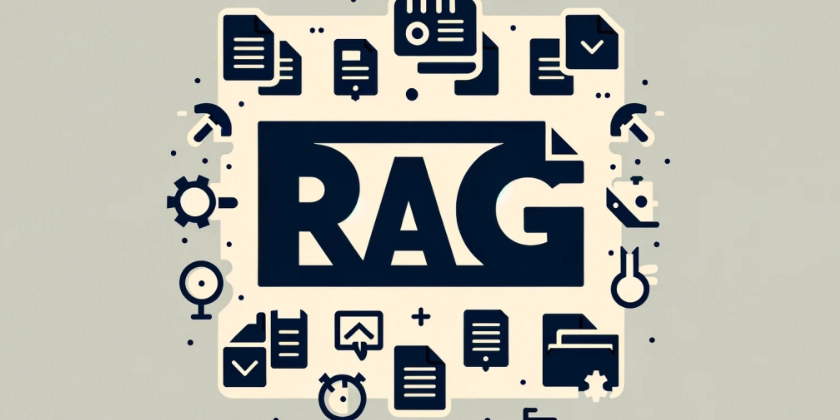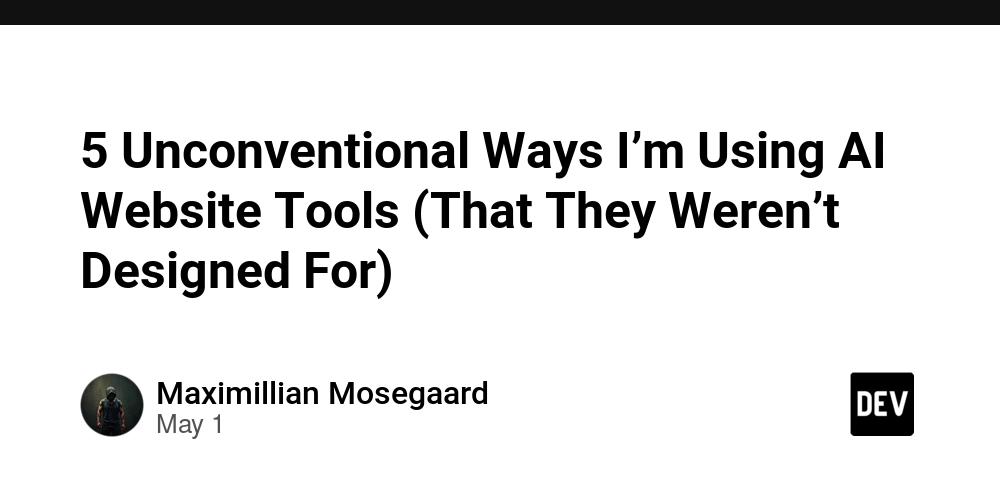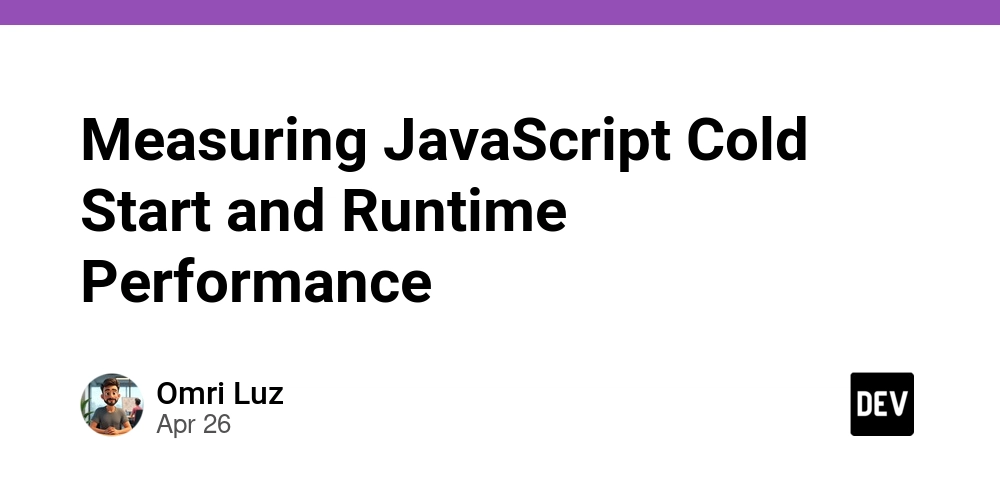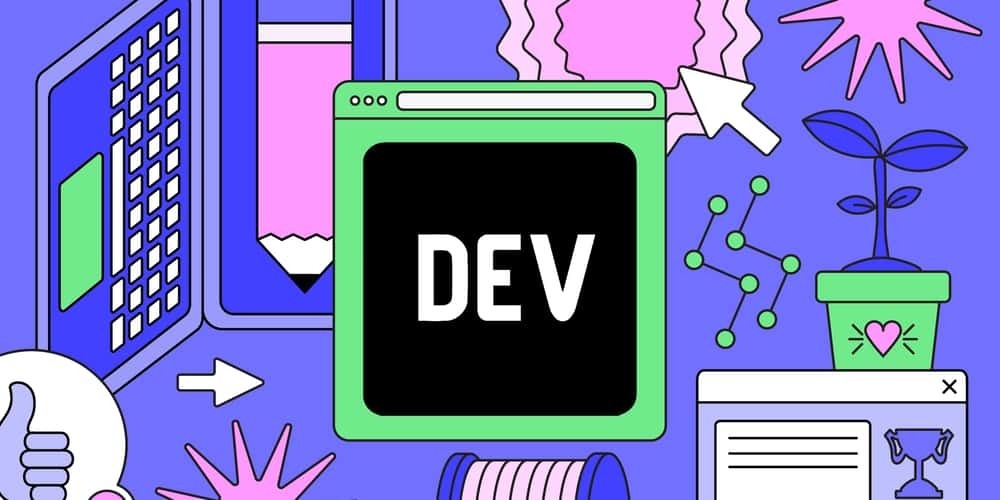The Indie Hacking Journey of Kumis: Insights, Innovations, and Future Trends
Abstract: This post explores the inspiring journey of Kumis in the indie hacking community. We delve into Kumis’s evolution from small-scale projects to embracing emerging technologies such as NFTs and decentralized applications. By examining the role of community, technological innovations, and the challenges of ethical development, we offer insights into innovative strategies that drive creative freedom, sustainability, and responsible digital entrepreneurship. We also highlight practical use cases and future trends, all while providing valuable resources from renowned platforms like Indie Hackers, Product Hunt, and OpenSea. Introduction Indie hacking is an entrepreneurial approach that emphasizes bootstrapping, creative freedom, and ethical innovation. Kumis stands out as a prominent figure in this movement—a self-taught developer and entrepreneur who thrives on experimenting with new ideas and technologies. In this post, we will explore Kumis’s journey through various ventures, including web applications and NFT projects, and look at how blockchain, community, and ethical software development are interwoven into their story. This post is not just a retelling; it provides additional context, technical insights, and future trends that any aspiring indie hacker or tech enthusiast will find both informative and inspiring. Background and Context Kumis began their journey inspired by success stories from platforms such as Indie Hackers and the Indie Hackers Show. Indie hacking has always been defined by a passion for learning by doing—often on minimal resources—making it accessible to anyone with a spark of creativity. History and Definition Indie Hacking: An approach to entrepreneurship that focuses on self-sufficiency, often relying on limited resources to build and scale projects incrementally. Community-Driven Innovation: From early days working on small web applications, innovators like Kumis leveraged community websites, such as Product Hunt, for feedback, partnerships, and motivation. The indie hacking community is vibrant and supportive, where shared experiences allow entrepreneurs to rapidly iterate their ideas. Kumis’s journey exemplifies this model—starting small, learning with every venture, and expanding horizons as new digital trends emerge. Ecosystem and Influences The digital landscape for indie hackers has always been shaped by: Collaborative communities: Online forums and developer meetups. Emerging technologies: Transition from basic web apps to advanced blockchain and NFT projects. External inspirations: Stories shared on platforms like Indie Hackers, which have spurred many entrepreneurs towards creative risk-taking. Kumis’s evolution reflects the broader trends in digital entrepreneurship where resilience and constant learning serve as the backbone for all successful projects. Core Concepts and Features Kumis’s journey is anchored in several core principles which have guided their transition from conventional web applications to cutting-edge NFT and blockchain projects. Innovative Learning Through Doing At the heart of Kumis’s success is the "learn-by-doing" mindset. Early projects, often small-scale, served as learning platforms that allowed Kumis to experiment with code, user interfaces, market dynamics, and sponsor feedback. This iterative approach is crucial for indie hackers who must evolve quickly while facing limited resources. Embracing Blockchain and NFTs One significant pivot in Kumis’s career was the embrace of blockchain technology through NFTs. By leveraging platforms such as OpenSea and Rarible, Kumis transformed digital art into valuable assets. For a deeper understanding of NFT value, explore why NFTs are valuable. Key Features of Kumis’s NFT Projects: Digital Ownership: Utilizing blockchain to guarantee authenticity. Creative Fusion: Blending traditional creative practices with modern tokenization. Community Engagement: Encouraging feedback and collaboration within digital art communities. Enhanced Transparency: Leveraging blockchain for decentralized, immutable records of art transactions. Ethical Software and Sustainability Kumis has also shown interest in ethical technology and sustainable practices. This involves: Focusing on ethical software development by ensuring that projects are built with transparency and a mindfulness for long-term impact. More details on these principles are available in the ethical software development resource. Advocating for blockchain projects that adhere to sustainable blockchain practices (sustainable blockchain practices). These elements are critical as technology continues to mature beyond profit motives into realms of responsibility and community governance. Table: Key Concepts and Features Concept Description Key Benefit Learn-by-Doing Iterative development through practical experimenta

Abstract:
This post explores the inspiring journey of Kumis in the indie hacking community. We delve into Kumis’s evolution from small-scale projects to embracing emerging technologies such as NFTs and decentralized applications. By examining the role of community, technological innovations, and the challenges of ethical development, we offer insights into innovative strategies that drive creative freedom, sustainability, and responsible digital entrepreneurship. We also highlight practical use cases and future trends, all while providing valuable resources from renowned platforms like Indie Hackers, Product Hunt, and OpenSea.
Introduction
Indie hacking is an entrepreneurial approach that emphasizes bootstrapping, creative freedom, and ethical innovation. Kumis stands out as a prominent figure in this movement—a self-taught developer and entrepreneur who thrives on experimenting with new ideas and technologies. In this post, we will explore Kumis’s journey through various ventures, including web applications and NFT projects, and look at how blockchain, community, and ethical software development are interwoven into their story. This post is not just a retelling; it provides additional context, technical insights, and future trends that any aspiring indie hacker or tech enthusiast will find both informative and inspiring.
Background and Context
Kumis began their journey inspired by success stories from platforms such as Indie Hackers and the Indie Hackers Show. Indie hacking has always been defined by a passion for learning by doing—often on minimal resources—making it accessible to anyone with a spark of creativity.
History and Definition
- Indie Hacking: An approach to entrepreneurship that focuses on self-sufficiency, often relying on limited resources to build and scale projects incrementally.
- Community-Driven Innovation: From early days working on small web applications, innovators like Kumis leveraged community websites, such as Product Hunt, for feedback, partnerships, and motivation.
The indie hacking community is vibrant and supportive, where shared experiences allow entrepreneurs to rapidly iterate their ideas. Kumis’s journey exemplifies this model—starting small, learning with every venture, and expanding horizons as new digital trends emerge.
Ecosystem and Influences
The digital landscape for indie hackers has always been shaped by:
- Collaborative communities: Online forums and developer meetups.
- Emerging technologies: Transition from basic web apps to advanced blockchain and NFT projects.
- External inspirations: Stories shared on platforms like Indie Hackers, which have spurred many entrepreneurs towards creative risk-taking.
Kumis’s evolution reflects the broader trends in digital entrepreneurship where resilience and constant learning serve as the backbone for all successful projects.
Core Concepts and Features
Kumis’s journey is anchored in several core principles which have guided their transition from conventional web applications to cutting-edge NFT and blockchain projects.
Innovative Learning Through Doing
At the heart of Kumis’s success is the "learn-by-doing" mindset. Early projects, often small-scale, served as learning platforms that allowed Kumis to experiment with code, user interfaces, market dynamics, and sponsor feedback. This iterative approach is crucial for indie hackers who must evolve quickly while facing limited resources.
Embracing Blockchain and NFTs
One significant pivot in Kumis’s career was the embrace of blockchain technology through NFTs. By leveraging platforms such as OpenSea and Rarible, Kumis transformed digital art into valuable assets. For a deeper understanding of NFT value, explore why NFTs are valuable.
Key Features of Kumis’s NFT Projects:
- Digital Ownership: Utilizing blockchain to guarantee authenticity.
- Creative Fusion: Blending traditional creative practices with modern tokenization.
- Community Engagement: Encouraging feedback and collaboration within digital art communities.
- Enhanced Transparency: Leveraging blockchain for decentralized, immutable records of art transactions.
Ethical Software and Sustainability
Kumis has also shown interest in ethical technology and sustainable practices. This involves:
- Focusing on ethical software development by ensuring that projects are built with transparency and a mindfulness for long-term impact. More details on these principles are available in the ethical software development resource.
- Advocating for blockchain projects that adhere to sustainable blockchain practices (sustainable blockchain practices).
These elements are critical as technology continues to mature beyond profit motives into realms of responsibility and community governance.
Table: Key Concepts and Features
| Concept | Description | Key Benefit |
|---|---|---|
| Learn-by-Doing | Iterative development through practical experimentation and feedback. | Accelerated personal and technical growth. |
| Blockchain Integration | Adoption of NFT and blockchain technologies to secure digital art and intellectual property. | Enhanced transparency and trustworthiness. |
| Ethical Development | Prioritizing ethical practices and sustainability in every project. | Long-term community impact and responsibility. |
| Community Engagement | Leveraging online forums and feedback platforms to refine ideas. | Increased project visibility and constructive innovation. |
Applications and Use Cases
Kumis’s ventures illustrate several practical uses for indie hacking and emerging technologies in real-world scenarios.
Digital Art and NFT Marketplaces
One prominent use case is Kumis’s application of NFTs in digital art. By partnering with platforms like OpenSea and Rarible, Kumis has been able to:
- Create unique digital assets that can be purchased and traded.
- Validate authenticity and ownership using blockchain technology.
- Engage a global audience interested in the convergence of art and technology.
For those eager to understand the intersection of open-source licensing with digital art, the article blockchain and digital art offers further insights.
Decentralized Applications for Social Impact
Kumis’s future initiatives involve building decentralized applications focused on social issues such as fair distribution of resources and enhancing data sovereignty. These apps can carry out:
- Ethical governance: Facilitating transparent processes in decision-making.
- Social impact funding: Demonstrating how blockchain can empower community-led projects.
- Decentralized identity management: Ensuring users have complete control over their digital identity.
Such projects echo the growing trend of combining technology with ethical practices—a field where Kumis is a notable pioneer.
Bullet List: Use Cases in Kumis’s Ventures
- NFT Digital Art: Securing digital art and creative assets.
- Transparent Sponsorship Models: Utilizing blockchain to track sponsorship and funding in open-source projects.
- Decentralized Governance: Establishing community-driven decision systems in tech projects.
- Ethical Applications: Building apps that contribute positively to social issues, encouraging fair practices among users.
These use cases demonstrate how Kumis ties creative technology with meaningful impact.
Challenges and Limitations
Even for an experienced indie hacker like Kumis, challenges persist across multiple fronts.
Technical Complexity
Developing decentralized applications and Web3 projects requires a steep learning curve. Some challenges include:
- Scalability Issues: As user bases grow, the underlying blockchain needs to handle increased traffic and transaction volume.
- Interoperability: Ensuring that blockchain solutions work flawlessly with existing systems remains an ongoing struggle.
- Security Risks: The mutable nature of blockchain requires constant auditing and improvements to prevent hacks and fraud.
Market Adoption and Volatility
NFTs and crypto projects are subject to rapid market changes. Key challenges include:
- Price Fluctuations: The inherent volatility in crypto markets can deter long-term investment.
- Regulatory Uncertainty: Legislation around digital assets is continually evolving, affecting project sustainability.
- Awareness Gaps: Not every potential user understands blockchain technology, creating a barrier to mass adoption.
Community and Ecosystem Constraints
Building a thriving indie hacking project is highly reliant on community support. Some limitations are:
- Resource Scarcity: Operating with limited funds and relying on community contributions can slow down progress.
- Competitive Landscape: A crowded market means that standing out requires constant innovation and effective communication.
- Integration of Feedback: Balancing community demands can sometimes lead to feature bloat, making projects less focused.
For additional perspective on navigating these challenges, check out discussions on open-source licensing tips for indie hackers and exploring Arbitrum’s potential on Dev.to.
Future Outlook and Innovations
Looking forward, the evolution of indie hacking and digital entrepreneurship is poised to embrace even more disruptive technologies and ethical practices.
Expanded Blockchain Integration
As blockchain technology matures, future developments may include:
- Layer 2 Solutions: Platforms like Arbitrum are leading the push for scalable and efficient blockchain operations. This will ease many current scalability issues and drive mainstream adoption.
- Interoperability Standards: Establishing uniform protocols may allow different blockchains to communicate and share data more effectively.
Rise of Decentralized Ecosystems
Kumis’s focus on decentralization is a signal of evolving governance models where:
- DAO Governance: Decentralized Autonomous Organizations may soon govern many tech projects, leading to more community-informed decision-making.
- Tokenized Funding Models: Funding models that rely on token distributions are emerging as a sustainable method for supporting open-source projects.
For more insight into sustainable funding models in the open-source world, refer to resources like deep dive into the academic free license.
Ethical and Sustainable Technology
The future also emphasizes ethical practices alongside technical innovation. Key trends include:
- Sustainable Blockchain Practices: Projects will increasingly focus on reducing energy consumption and aligning with ecological standards.
- Ethical Development Frameworks: There is a growing consensus on using technology for positive social impact. Kumis’s initiatives in this space serve as a model for future endeavors.
Table: Future Trends in Indie Hacking and Blockchain
| Future Trend | Description | Impact |
|---|---|---|
| Layer 2 Solutions | Enhanced scalability through platforms like Arbitrum. | Faster transactions and lower gas fees. |
| Decentralized Governance | Incorporation of DAO structures for community-driven decision-making. | More inclusive and transparent management. |
| Tokenized Funding Models | Use of NFTs and tokens for both fundraising and rewarding contributors. | More sustainable capital formation. |
| Ethical & Sustainable Tech | Focus on reducing environmental impact while ensuring ethical practices in development. | Long-term positive social and ecological benefits. |
For complementary perspectives on managing funding in decentralized projects, explore resources like exploring developer compensation models.
Summary
Kumis’s indie hacking journey is a beacon for all aspiring entrepreneurs. From initial trials with small web applications to embracing blockchain, NFTs, and decentralized applications, Kumis offers a vivid example of how innovation, ethical technology, and community engagement can drive success. By adopting a learn-by-doing approach, leveraging community platforms like Indie Hackers and Product Hunt, and proactively addressing challenges, Kumis has managed to stay ahead of technological trends.
Future directions appear promising for indie hackers as emerging technologies such as Layer 2 scaling, decentralized governance, sustainable funding models, and ethical frameworks begin to shape the industry. Embracing these advancements may not only fuel individual projects but also contribute significantly to a more sustainable and inclusive digital ecosystem.
For those interested in delving deeper into Kumis’s inspiring journey, read the original article on the Indie Hacking Journey of Kumis: Insights and Innovations.
Additional Resources and Further Reading
-
Indie Hacking and Community:
-
Blockchain and NFTs:
-
Ethical and Sustainable Technology:
-
Dev.to Perspectives:
By combining innovative technical insights with community-driven ethics, Kumis’s story stands as a testament to the possibilities that lie ahead in the evolving landscape of indie hacking. With each venture, the lessons learned not only pave the way for further technical advancements but also help shape a future where technology serves both individual creativity and collective progress.
Whether you’re a seasoned developer or an aspiring indie hacker, Kumis’s journey reminds us that innovation, passion, and ethical responsibility are the cornerstones of digital entrepreneurship.
Happy hacking and may your projects be ever evolving!











































































![New Apple iPad mini 7 On Sale for $399! [Lowest Price Ever]](https://www.iclarified.com/images/news/96096/96096/96096-640.jpg)
![Apple Developing Battery Case for iPhone 17 Air Amid Battery Life Concerns [Report]](https://www.iclarified.com/images/news/97208/97208/97208-640.jpg)
![Apple to Split iPhone Launches Across Fall and Spring in Major Shakeup [Report]](https://www.iclarified.com/images/news/97211/97211/97211-640.jpg)
![Apple to Move Camera to Top Left, Hide Face ID Under Display in iPhone 18 Pro Redesign [Report]](https://www.iclarified.com/images/news/97212/97212/97212-640.jpg)












![The Material 3 Expressive redesign of Google Clock leaks out [Gallery]](https://i0.wp.com/9to5google.com/wp-content/uploads/sites/4/2024/03/Google-Clock-v2.jpg?resize=1200%2C628&quality=82&strip=all&ssl=1)
![What Google Messages features are rolling out [May 2025]](https://i0.wp.com/9to5google.com/wp-content/uploads/sites/4/2023/12/google-messages-name-cover.png?resize=1200%2C628&quality=82&strip=all&ssl=1)












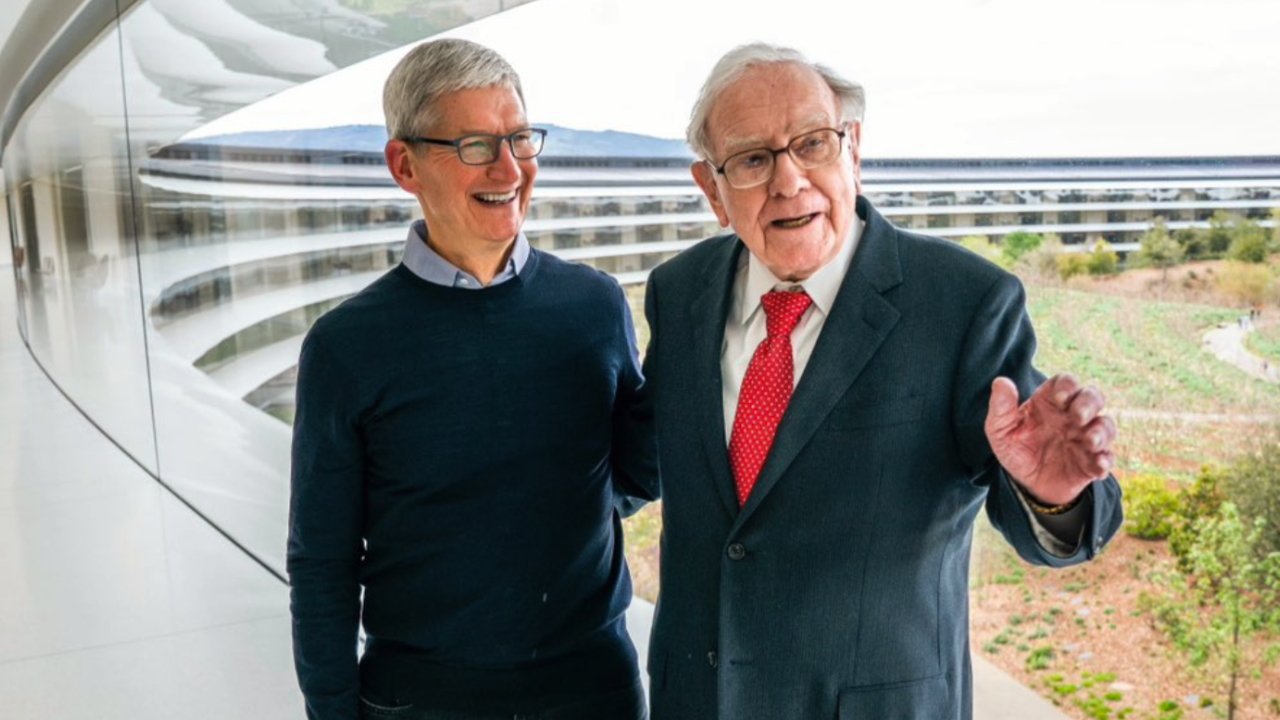
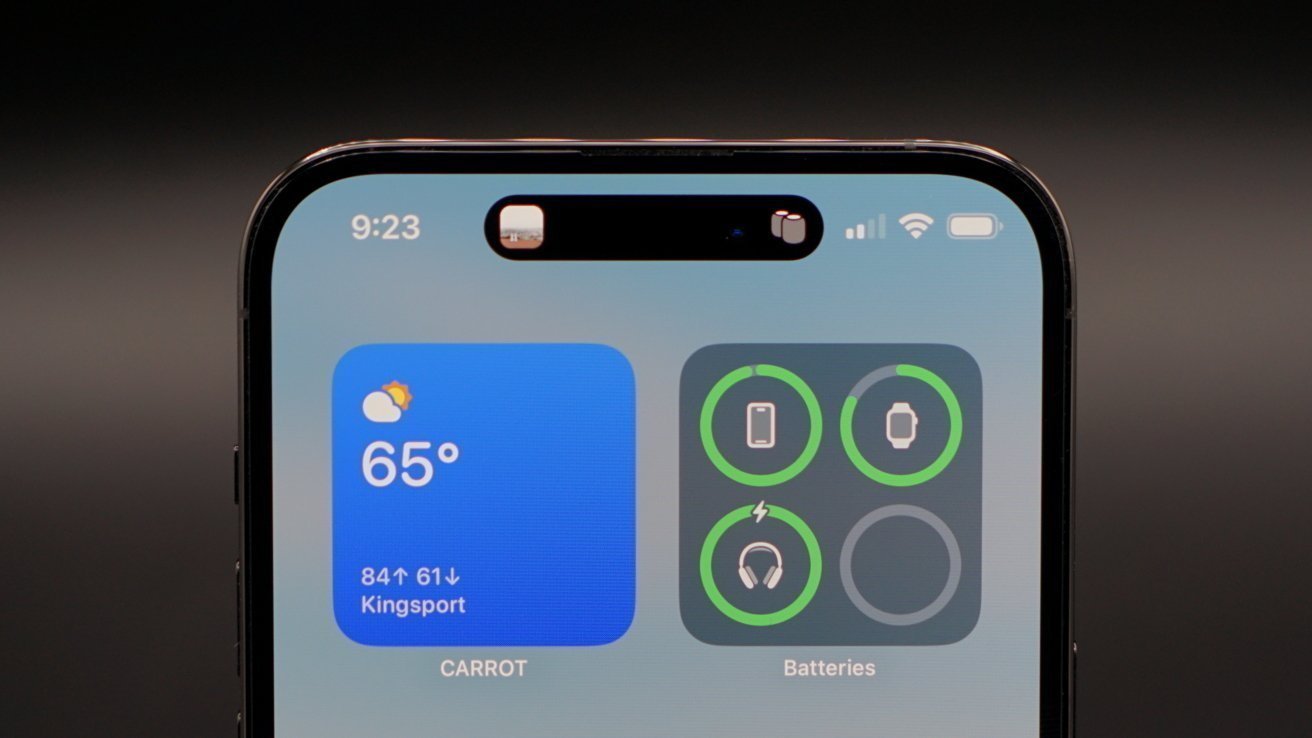
















































































_Inge_Johnsson-Alamy.jpg?width=1280&auto=webp&quality=80&disable=upscale#)




























































































































![[The AI Show Episode 145]: OpenAI Releases o3 and o4-mini, AI Is Causing “Quiet Layoffs,” Executive Order on Youth AI Education & GPT-4o’s Controversial Update](https://www.marketingaiinstitute.com/hubfs/ep%20145%20cover.png)









































































































































![Re-designing a Git/development workflow with best practices [closed]](https://i.postimg.cc/tRvBYcrt/branching-example.jpg)




















![From Art School Drop-out to Microsoft Engineer with Shashi Lo [Podcast #170]](https://cdn.hashnode.com/res/hashnode/image/upload/v1746203291209/439bf16b-c820-4fe8-b69e-94d80533b2df.png?#)



![[DEALS] Microsoft 365: 1-Year Subscription (Family/Up to 6 Users) (23% off) & Other Deals Up To 98% Off – Offers End Soon!](https://www.javacodegeeks.com/wp-content/uploads/2012/12/jcg-logo.jpg)





























































































